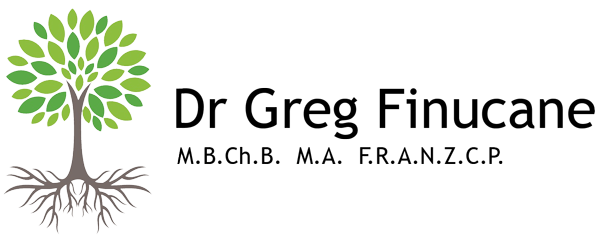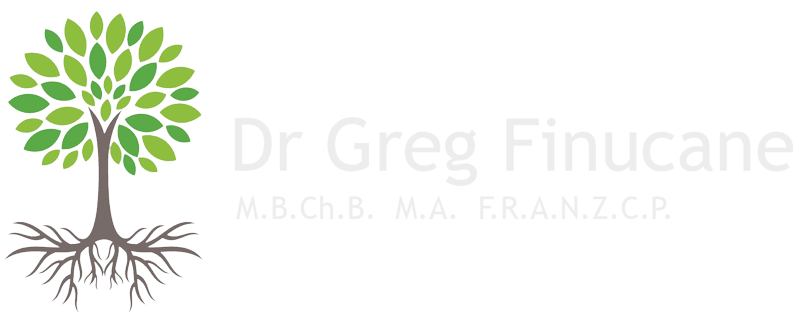Transcranial Direct Current Stimulation
Transcranial Direct Current Stimulation (tDCS) is a non-invasive, well-tolerated neurostimulation treatment. In practice, tDCS involves attaching an anode and cathode electrode to the head using soft foam electrodes and powered by 9 volt batteries, producing a weak electrical current that is applied to the scalp.
A number of studies have shown positive effects on a range of conditions. tDCS equipment is easy to use, and the treatment is painless and safe. When combined with other therapies, tDCS can enhance their positive effects. Depending on the voltage, duration, polarity, and location of the electrodes, the applied current has an inhibiting or stimulating effect on the brain.
tDCS modifies the resting membrane potential, either promoting or inhibiting the transmission of information. This allows the therapist to modulate neuronal excitability and activity levels.
Depression
Several studies have demonstrated that depression often goes hand in hand with asymmetric activity of neuronal populations in the prefrontal cortex. In the left hemisphere (dorsolateral prefrontal cortex, DLPFC), decreased neuronal activity has been observed. tDCS can compensate for that deficit with anodal left side treatment. Within just a few sessions, cognitive performance improves. Research shows antidepressant effects generally after 2 to 3 weeks of treatment.
Recent evidence-based guidelines for the use of tDCS in neurological and psychiatric disorders have concluded there is probable efficacy of anodal tDCS over the left dorsolateral prefrontal cortex (DLPFC), coupled with cathodal tDCS over the right supraorbital region in non-treatment-resistant Major Depressive Disorder. However, recent studies with higher statistical power have proposed the use of a bifrontal montage, with the anode over the left DLPFC coupled with the cathode over the right DLPFC. These studies reported promising clinical results and led recent guidelines to consider tDCS as definitely effective in depression, but not identifying the optimal parameters to apply (e.g. the electrode montage [placement], the total number of sessions, the number of sessions per day, etc.) and the clinical characteristics of the patients who could benefit from such a therapeutic intervention.
tDCS can be used to complement other conventional therapies such as medication or psychotherapy and is probably best used this way.
Evidence = Level A (definitely effective).
Scope 10-15 sessions as acute treatment, then consideration of maintenance therapy.
Duration 20-30 minutes each treatment.
Stimulation intensity 1-2 mA.
How does it work?
Transcranial direct current stimulation (tDCS) has been used experimentally over many decades, then was re-introduced as a non-invasive brain stimulation (NIBS) technique applicable in humans approximately 20 years ago. Its principal mechanism of action is a subthreshold modulation of neuronal membrane potentials, which alters cortical excitability and activity dependent on the current flow direction through the target neurones. Other biological effects of the electric field are also likely relevant (changes in neurotransmitters, effects on glial cells and on microvessels, modulation of inflammatory processes).
In analogy to pharmacological neuromodulators, tDCS does not force activity in resting neuronal networks, but modifies spontaneous neuronal activity. Consequently, the magnitude and direction of effects depend on the previous physiological state of the target neural structures.
Another way of saying this is that tDCS changes the threshold for discharge of stimulated neurones, thus changing the likelihood of their discharge. It does not induce massive synchronised discharge of action potentials like Transcranial Magnetic Stimulation (or ECT) does so cannot cause a seizure. It simply modulates the neuronal activity already occurring in the brain. Logically, then, tDCS is task sensitive so it would be good to engage in appropriate activity during a session.
Adverse effects
There are no reported serious adverse effects with the use of 1–2mA tDCS. However, mild temporary side effects may occur, such as headache, a cutaneous sensation at the stimulation sites, moderate fatigue, redness of the skin under the electrode pad, difficulty concentrating, acute mood changes and nausea. The most commonly reported side effect is an itchy / scratchy / tingling cutaneous sensation under the electrodes, although this tends to subside once the current stabilises (i.e. it last about ten seconds).
The tDCS device is portable and can be used at home.
What device do you use?
The Soterix 1x1 tDCS mini-CT Stimulator.
https://soterixmedical.com/research/remote/
What are the indications?
We are currently offering tDCS only for mild to moderate depression, since this is the one application with clear benefit and the only indication recommended, e.g. in the Royal Australia and NZ College of Psychiatrists Clinical Memorandum from last year. Suitability will be discussed during the consultation with your psychiatrist and an individualised treatment programme developed if appropriate.


